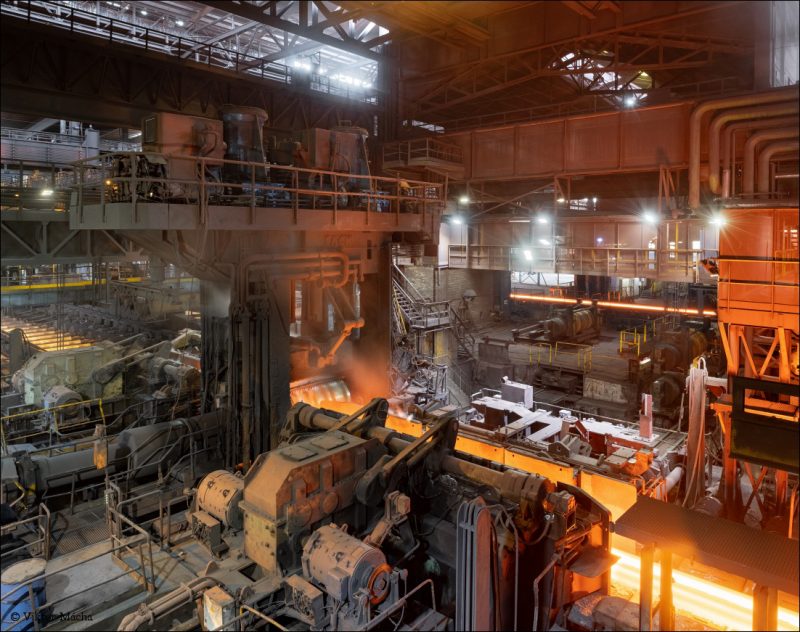
Q2 Performance Boosted by Calvert Mill and Global Strategy
ArcelorMittal reported a strong second quarter for 2025, with adjusted net income surpassing $1 billion. This marks a $200 million gain over Q1’s $805 million. Quarterly sales also rose, climbing from $14.8 billion to over $15.9 billion. The company’s H1 performance reflects a 26% year-over-year increase in adjusted net income.
CEO Aditya Mittal attributed the gains to operational discipline and strategic positioning. EBITDA per metric ton reached $135. Mittal acknowledged geopolitical disruptions and trade barriers but emphasized ArcelorMittal’s global reach. He also highlighted the acquisition of full ownership of the Calvert electric arc furnace (EAF) mill in Alabama, linked to the U.S. Steel–Nippon Steel merger.
According to Mittal, the Calvert site has been transformed into a low-carbon facility. It now produces high-grade steels for key markets, including automotive. The upgrade positions Calvert as a U.S. “center of excellence” and strengthens domestic production in a tariff-heavy trade environment.
Section 232 Tariffs Weigh on Operating Margins
Despite earnings growth, ArcelorMittal acknowledged several financial headwinds. The company recorded a $1.8 billion operating income in North America, bolstered by a $1.7 billion exceptional gain from the Calvert consolidation. However, underlying operating performance declined.
Key pressures included the increased Section 232 tariffs, which doubled to 50% on June 4, 2025. These added costs hit margins, especially in Canada and Mexico. Unplanned maintenance in Mexico, costing around $40 million, and weak apparent demand also hurt shipment volumes.
In its quarterly report, ArcelorMittal noted that tariff impacts have skewed supply-demand balances and remain a concern going forward. Still, management believes growth projects and Calvert’s consolidation will help offset these challenges in the second half of the year.
SuperMetalPrice Commentary:
ArcelorMittal’s Q2 earnings confirm the benefits of strategic consolidation amid global volatility. The Calvert EAF acquisition comes at a critical time, when low-carbon steel and domestic output are increasingly valuable under protectionist trade policies. However, rising Section 232 tariffs pose long-term challenges. With tariff rates now at 50%, cost pressures could intensify across North America. Watch for how Calvert’s ramp-up and strategic projects mitigate those risks through the rest of 2025.


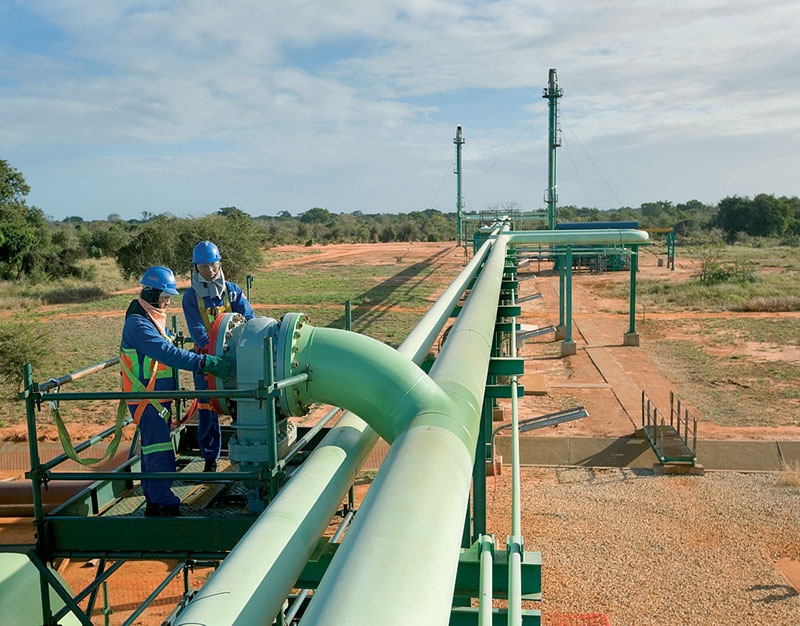




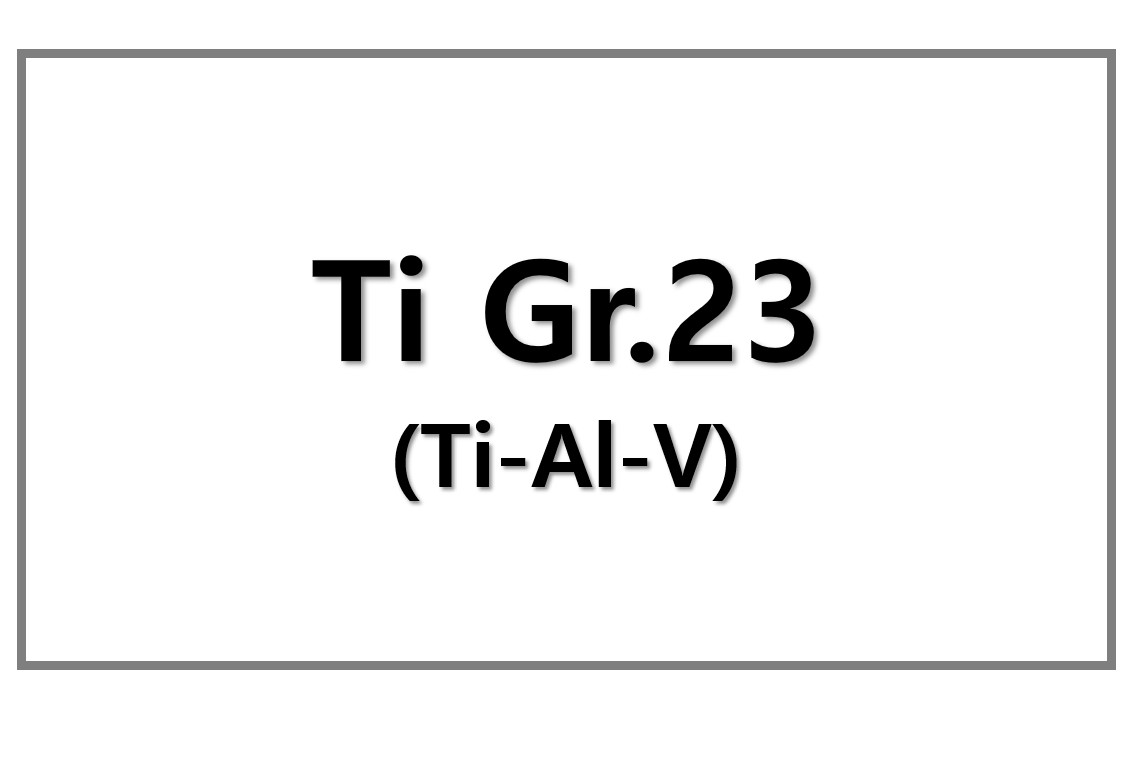
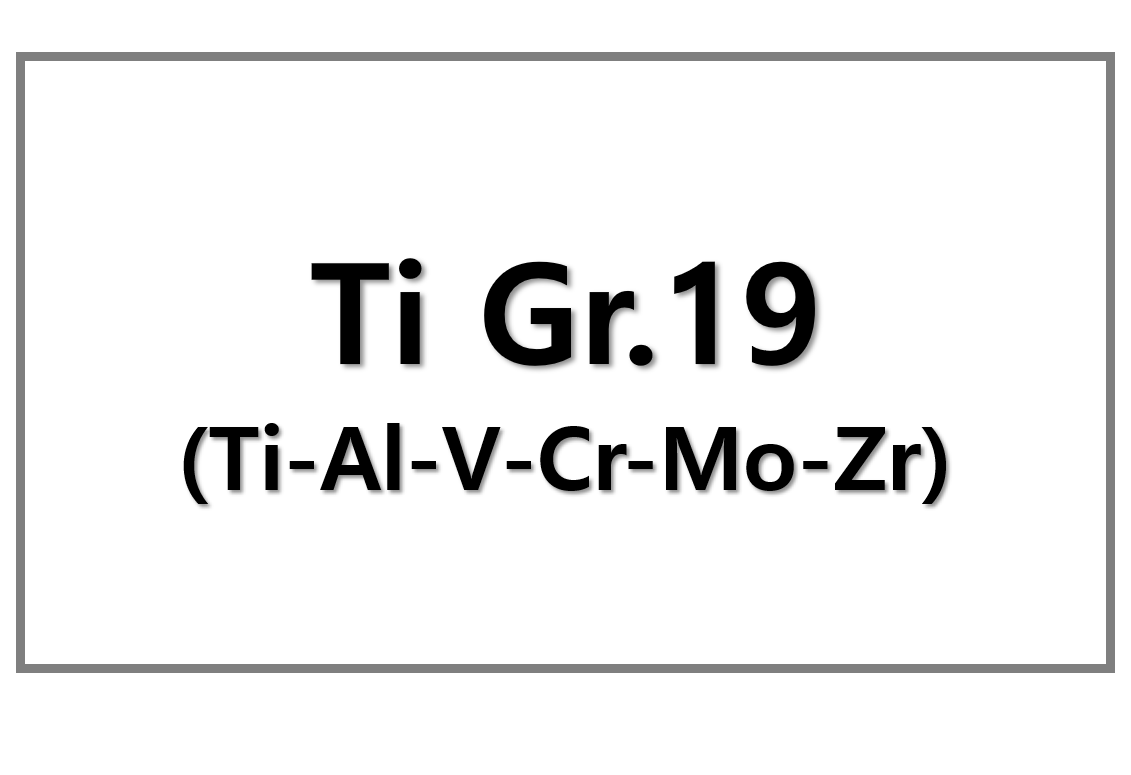
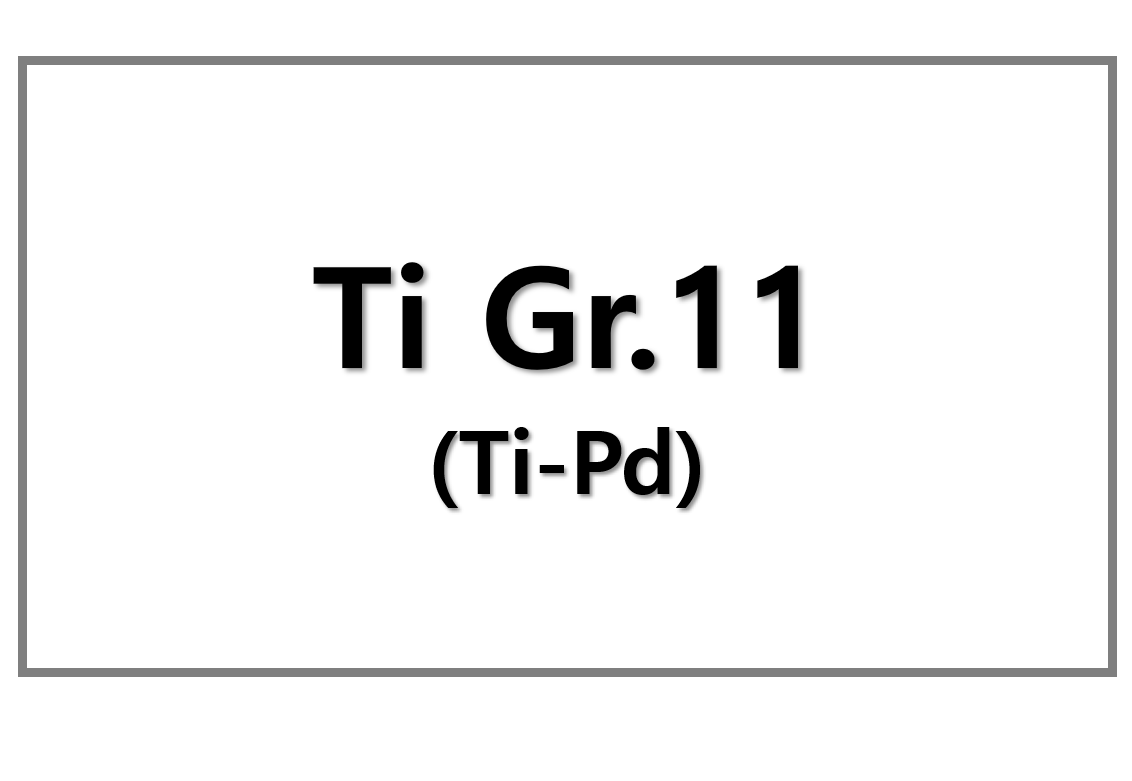
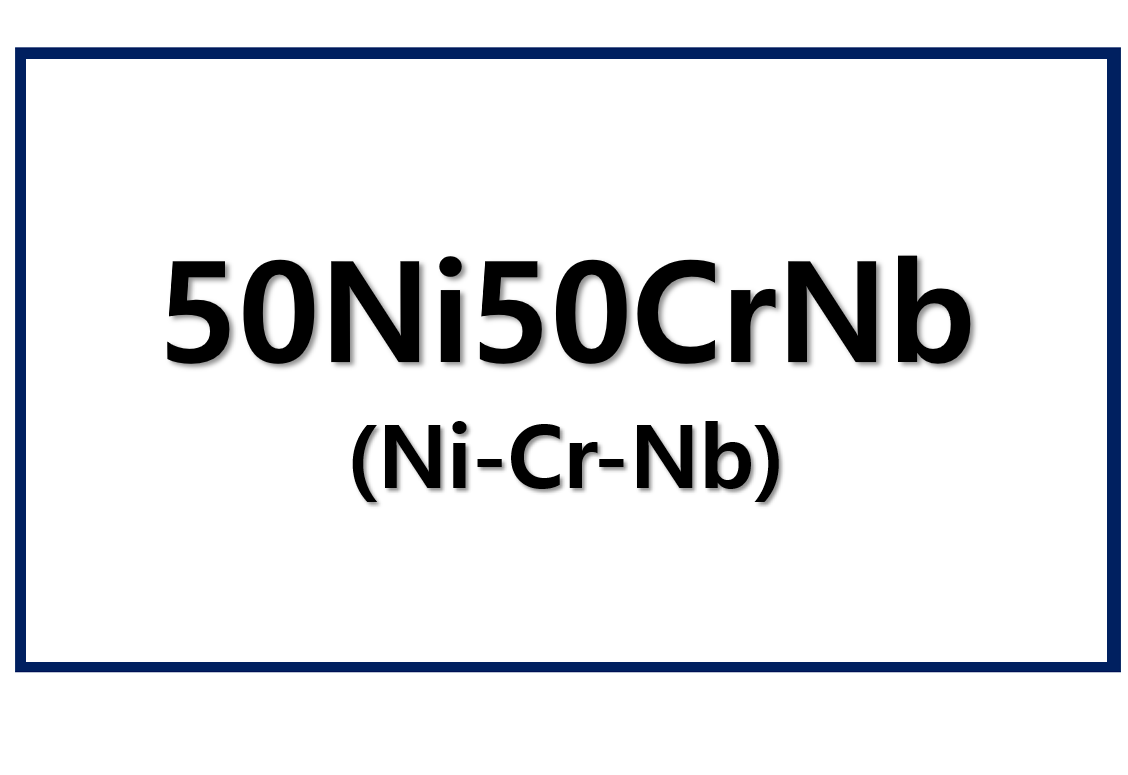
Leave a Reply
You must be logged in to post a comment.